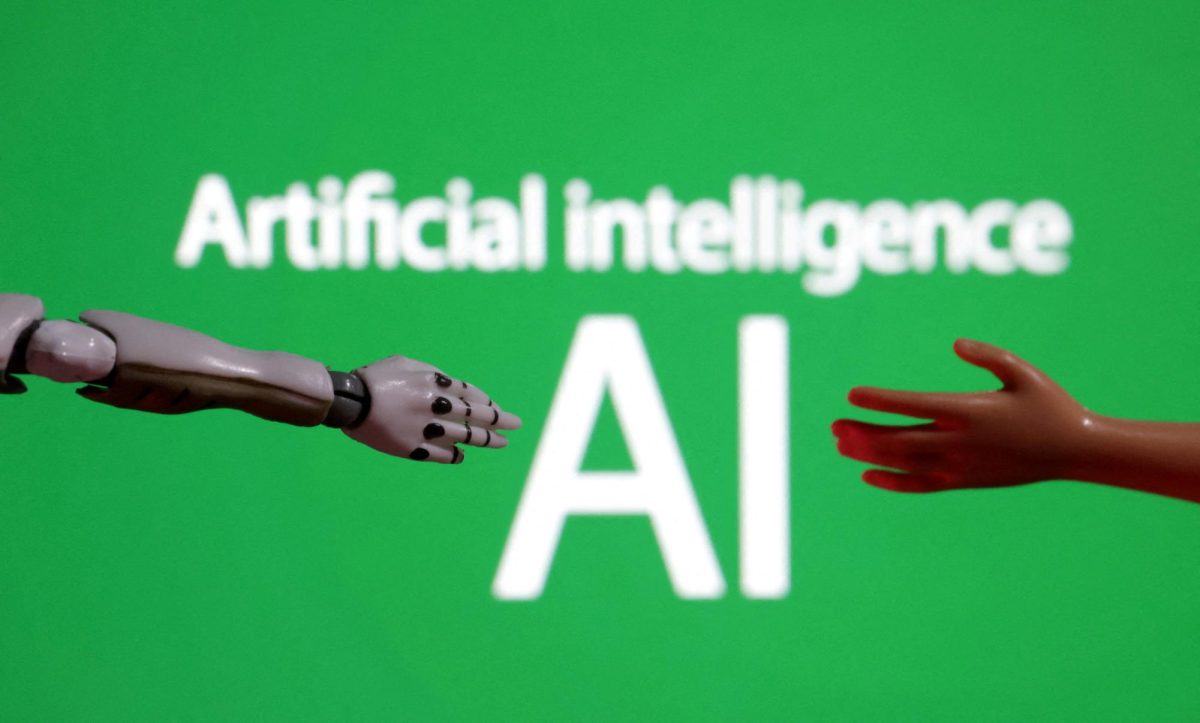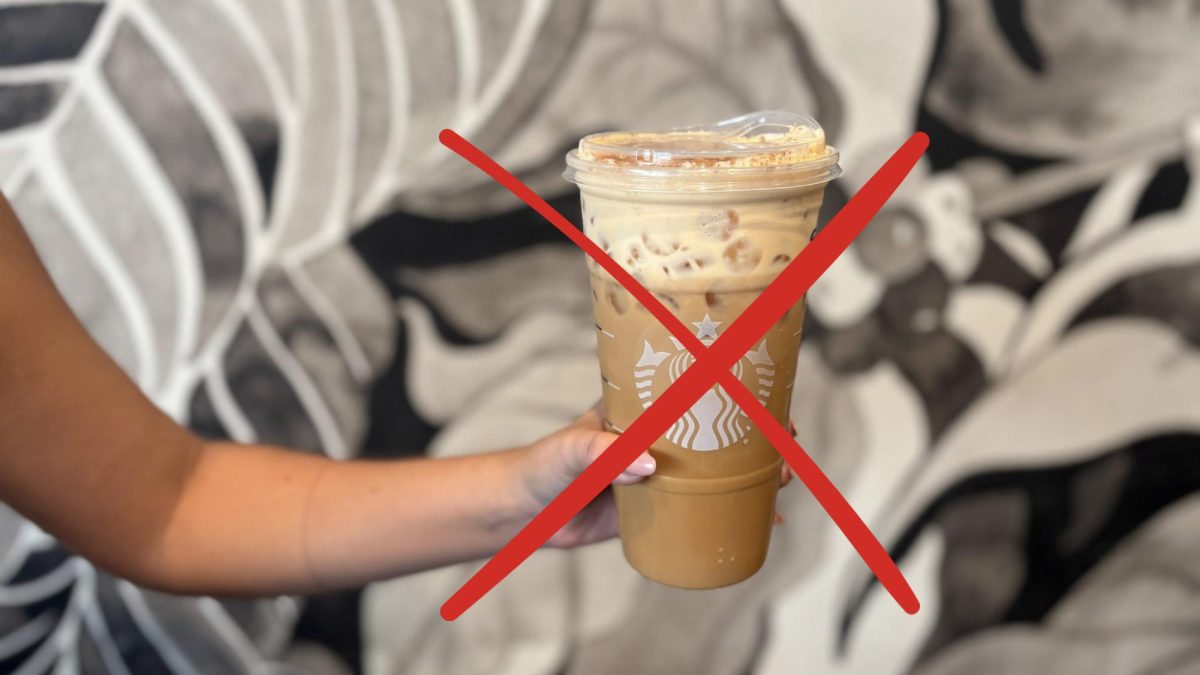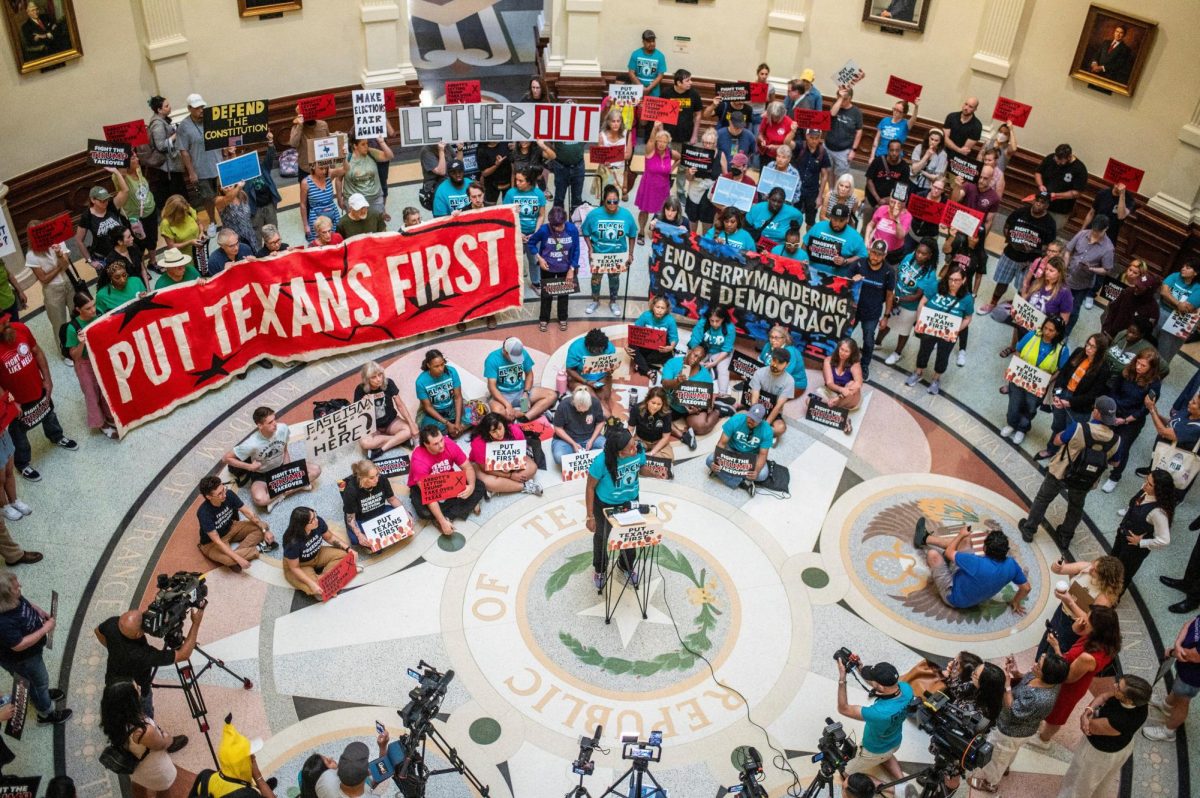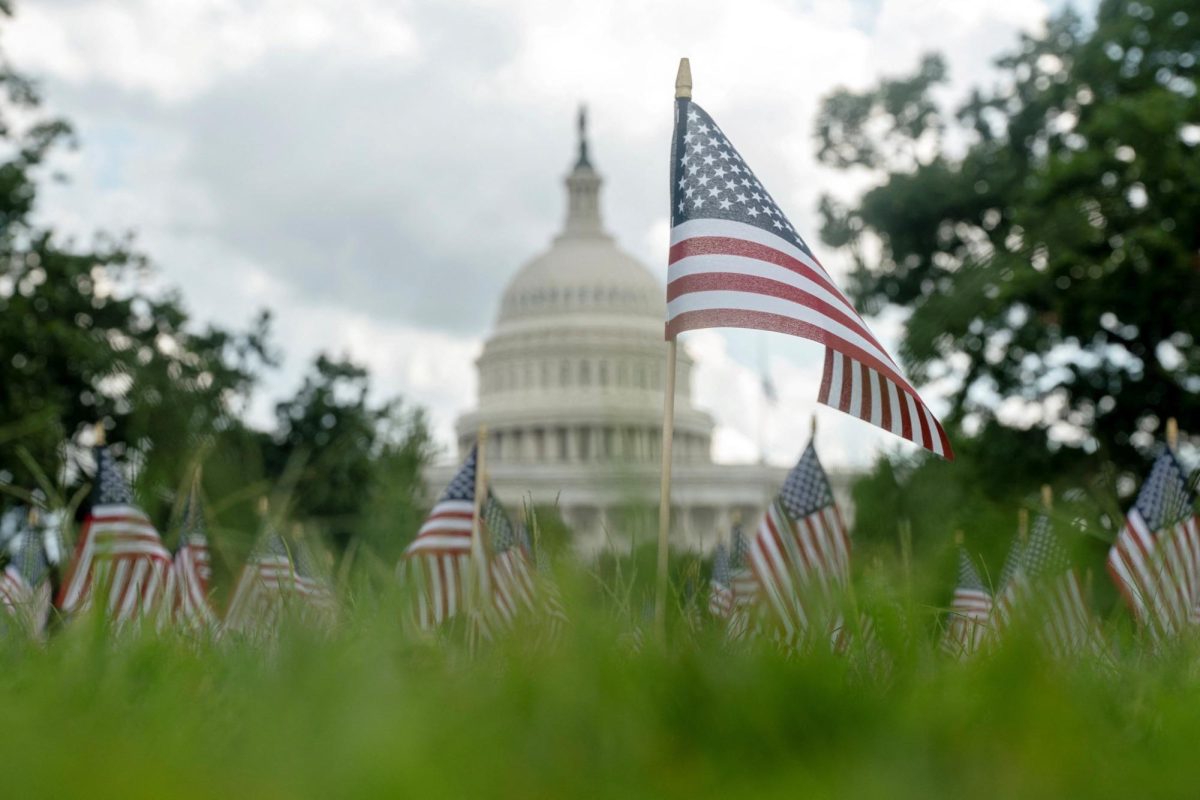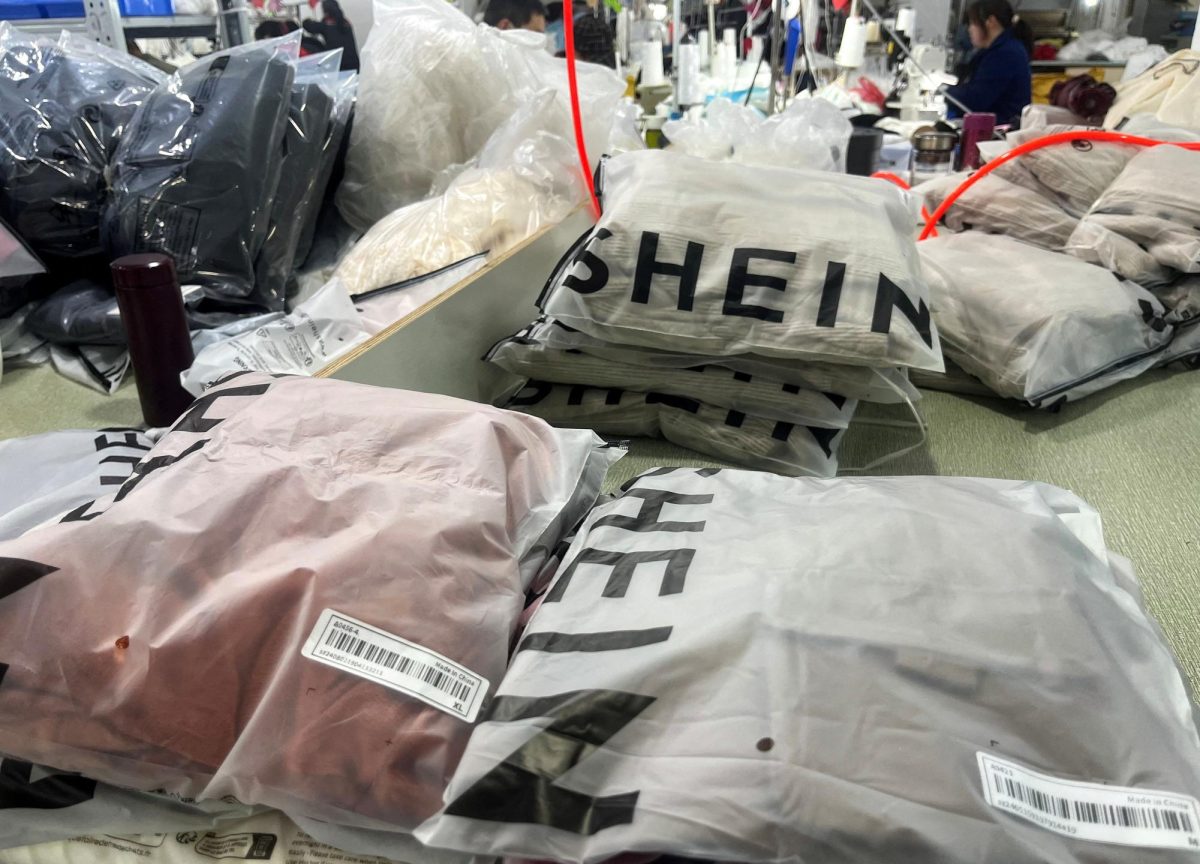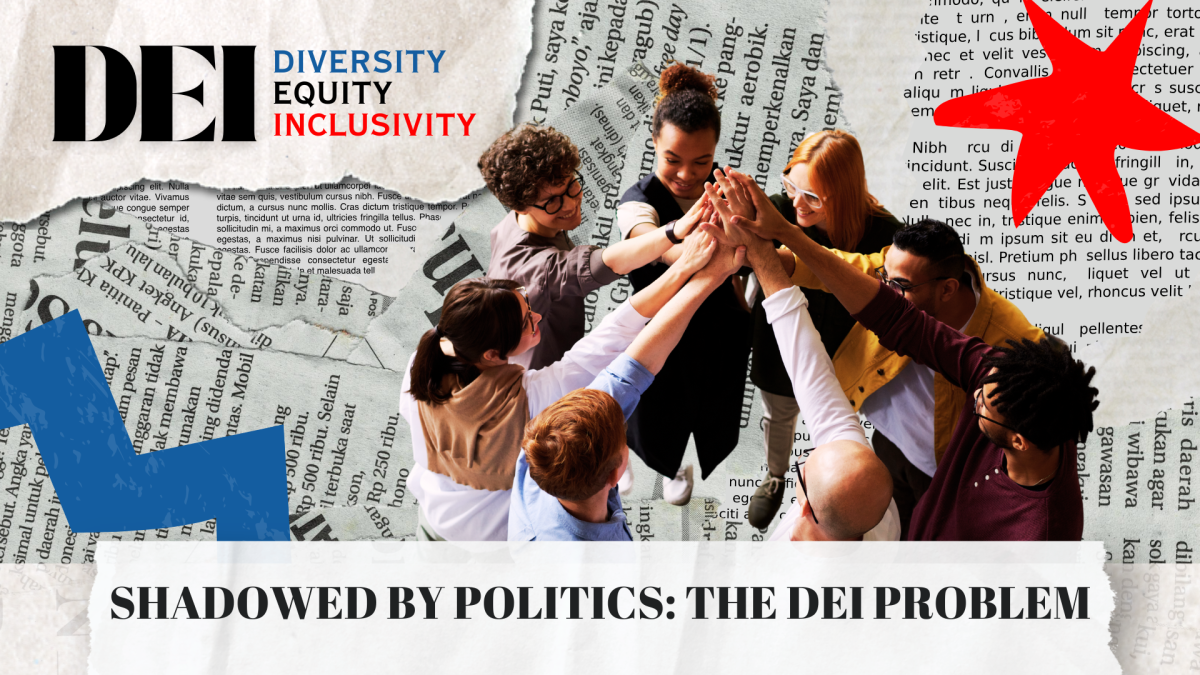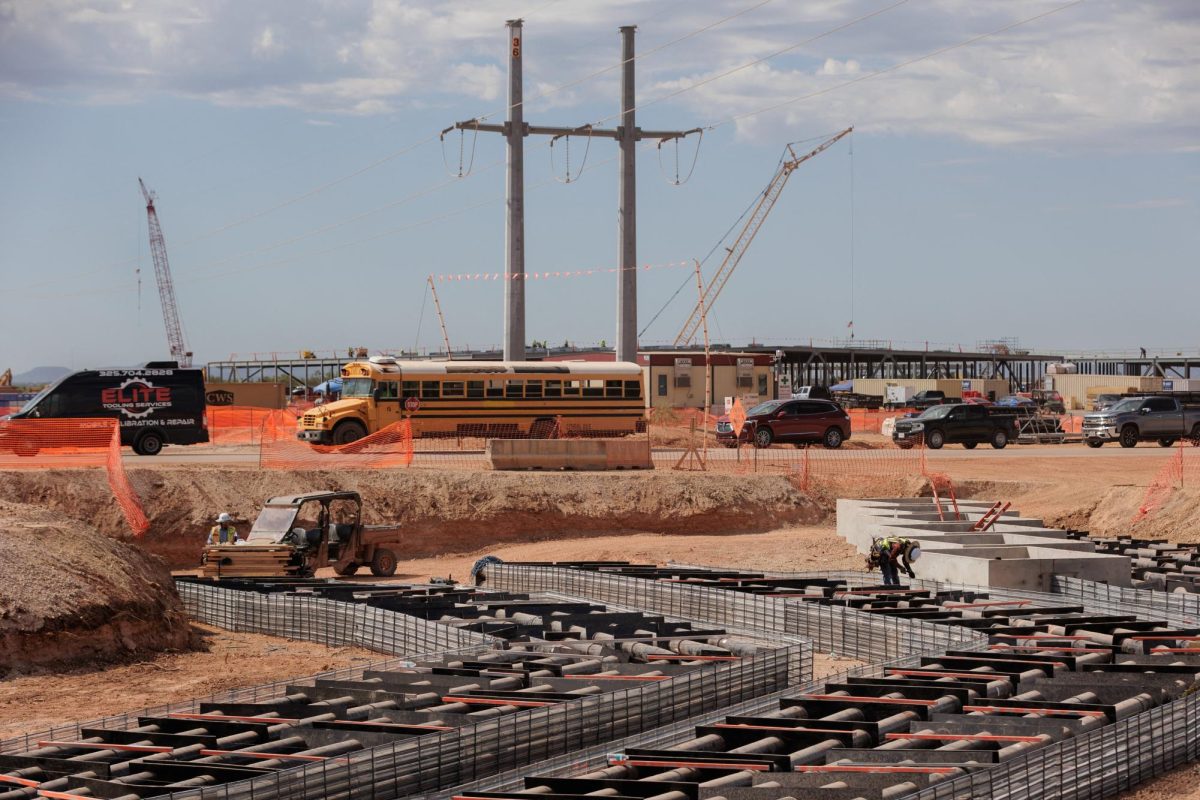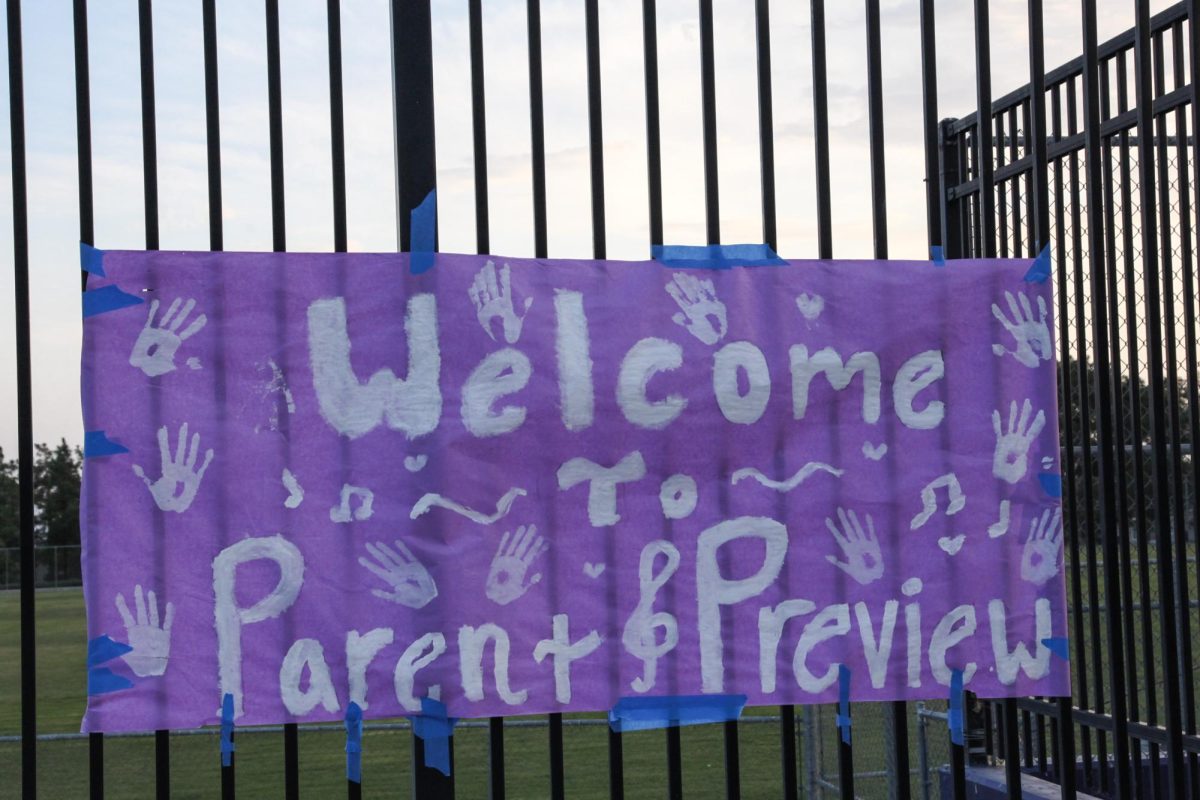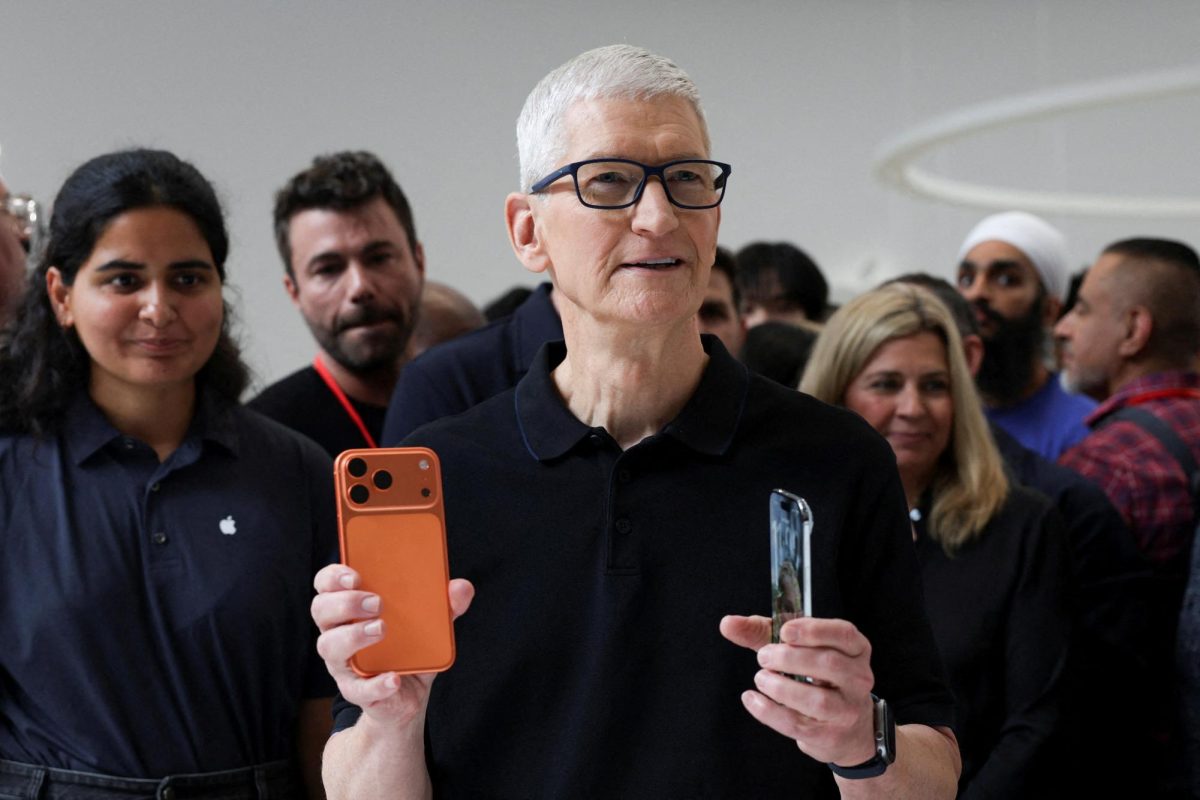AI is sold as the future, unbiased, fair, and smarter than humans. However, the truth is it’s just as racist as the society it was built in; now it’s polluting marginalized communities, both online and in real life.
The term itself, “environmental racism,” was first created by civil rights leader Dr. Benjamin F. Chavis Jr., who defines environmental racism as “the deliberate targeting of predominantly BIPOC (Black, Indigenous, people of color) and low-income communities for polluting industries and the placement of toxic waste.”
This isn’t new; for decades, BIPOC and low-income neighborhoods have borne the burden of environmental hazards of America’s technological advances. They get the toxic waste dumps, air pollution, and contaminated water. Whereas wealthier, whiter areas get clean air and well-funded infrastructure.
Environmental racism has always looked like this: dumping the worst pollution, waste, and health risks onto those who have the least power to fight it. And now, in 2025, with the emerging popularity and normalization of AI and the effects of data centers, it has only exacerbated the effects of environmental racism.
Elon Musk’s AI company xAI is a prime example of environmental racism at work. His company is based in Southwest Memphis, Tennessee, specifically Boxtown, a predominantly Black community already historically impacted by industrial pollution.

The data center holds Colossus, a supercomputer that consumes an immense amount of power.
“[Colossus] will provide the computing power needed for AI searches and other forms of machine learning like self-driving cars. To accomplish this, xAI needs 150MW of energy – enough to power 100,000 homes and 1 to 1.5 million gallons of water per day to cool the supercomputer,” According to the Memphis Community Against Pollution.
After being blindsided by the xAI news, MCAP, and its partners Protect Our Aquifer and Young Gifted & Green, released a joint media statement raising concerns about the lack of transparency surrounding this deal and the project’s potential environmental and public health impacts.
Environmental groups allege that xAI installed and operated up to 35 methane gas turbines before seeking the proper air permits.
These turbines emit smog-forming nitrogen oxides and harmful chemicals like formaldehyde into the air, which can aggravate asthma and other respiratory illnesses.
In July 2025, the Shelby County Health Department granted xAI permits for 15 of those 35 turbines; however, the decision immediately drew an appeal from the Southern Environmental Law Center on behalf of the NAACP and Young, Gifted & Green. The appeal argued that the department improperly treated the site as a “new facility” rather than an existing major source of pollution, and challenged its decision to exempt “temporary” turbines from permitting under the Clean Air Act.
According to the Tennessee Lookout, by late summer, xAI began removing or scaling back some of its turbines and “xAI welcomed the department’s July 2 decision with a statement pledging that “onsite power generation will be equipped with state-of-the-art emissions control technology, making this facility the lowest emitting of its kind in the country.”
In an official statement, NAACP President and CEO Derrick Johnson said, “We cannot afford to normalize this kind of environmental injustice — where billion-dollar companies set up polluting operations in Black neighborhoods without any permits and think they’ll get away with it because the people don’t have the power to fight back.”
Even before Musk’s data center, Memphis had a long and painful history of environmental racism. One major example was the Byhalia Pipeline plan in 2021. A crude oil pipeline was proposed to cut through Boxtown, a historically Black neighborhood, and across the Memphis Sand aquifer, the city’s primary source of drinking water.
According to MCAP, the aquifer supplies more than one million people with drinking water. If it were built, “the pipeline would have crossed over the aquifer in an active earthquake zone, and it would’ve crossed a municipal wellfield that supplies drinking water to local Black residents in Memphis.”
Activists, including MCAP and the SELC, successfully fought against this plan to educate the community about the dangers to their water supply.
The MCAP, the Tennessee Chapter of the Sierra Club, and Protect Our Aquifer sued the U.S. Army Corps of Engineers for approving a permit for the Byhalia Pipeline, challenging the potential environmental impacts on the Memphis Sand Aquifer and the city’s drinking water.
This wasn’t the first time Memphis was negatively impacted by environmental racism.
Another case involved Sterilization Services of Tennessee, a facility in South Memphis that used Ethylene Oxide (EtO), a toxic colorless gas and a known carcinogen. Breathing EtO over a long period of time can increase people’s risk of developing certain types of cancer, especially white blood cell cancers and breast cancer, according to the Union of Concerned Scientists.
The surrounding community in Memphis, predominantly Black and low-income residents, experienced elevated cancer rates that residents and environmental scientists have linked to the facility’s emissions.
In an official statement, the MCAP said, “After petitioning The White House, the Environmental Protection Agency and the Shelby County Health Department, Sterilization Services of Tennessee closed their doors and left Southwest Memphis on April 30th, 2024.”
Memphis isn’t the only predominantly Black area affected by environmental racism, and the US has a long history of negatively impacting BIPOC communities environmentally. One well-known example is Flint, Michigan. In 2014, the state official switched Flint’s water supply to the polluted Flint River without implementing proper corrosion control, which would have prevented lead and copper from contaminating the water. As a result, lead leaked into the city’s drinking water pipes. Thousands of mostly low-income Black residents were exposed and forced to rely on bottled water for basic survival. But the people were dismissed when they complained about the foul-smelling, discolored water and health problems. It wasn’t until independent research and activists exposed the crisis that officials admitted the extent of the damage.
This didn’t happen overnight. Flint had been dealing with industrial pollution, failing infrastructure, and high asthma rates for decades, and Flint is not the only example.
In 2005, Hurricane Katrina exposed the deadly consequences of environmental racism in New Orleans. The city’s levees, which were poorly constructed and long ignored by federal agencies despite prior warnings by the Army Corps of Engineers that they could only sustain a certain level of Hurricane and flooding, failed, flooding 80% of the city.
The hardest hit neighborhoods were predominantly Black, low-income communities, particularly the Lower Ninth Ward. Residents in the Lower Ninth Ward lived closest to the levees and in areas most vulnerable to flooding. Decades of housing discrimination, redlining, and disinvestment forced Black communities into the most flood-prone parts of the city, all contributed to the disaster. When the levees broke, those communities were submerged.
This disaster wasn’t just natural; it was political. Wealthier, whiter neighborhoods received quicker evacuation, emergency services, and recovery funding. Meanwhile, thousands of Black residents were stranded for days, even weeks, without food, water, or rescue. Still to this day 20 years later, some of those same communities have not completely recovered.
The same systemic neglect that allowed the levees to fail is the same kind of neglect that allows data centers to bypass regulations and set up polluting facilities in marginalized communities. It’s time for people to understand AI’s harmful outputs and hold themselves accountable for making better choices for the environment and marginalized communities.
It’s time to stop asking AI what it can do and start asking what its destroying.
Is that AI-generated boyfriend image really worth it?

